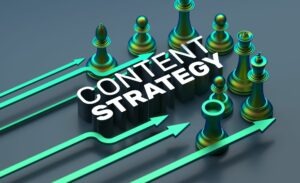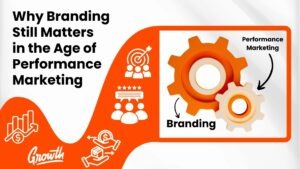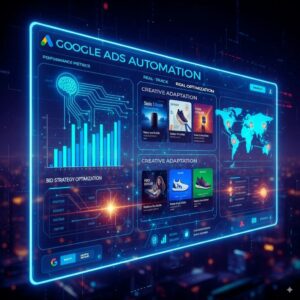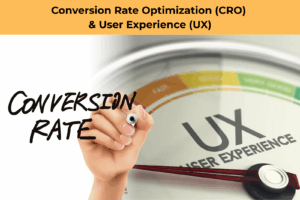As the digital economy continues to expand in 2025, businesses of all sizes are investing more heavily in digital marketing. With increasing competition, technological advancements, and rising customer expectations, a well-structured and well-funded digital strategy is no longer optional—it is a critical driver of growth and profitability.
This comprehensive guide is designed to help decision-makers—from startup founders to seasoned CMOs—understand the financial implications of building an effective digital marketing ecosystem in today’s marketplace. We explore not only what services cost but also how those investments can be aligned with broader business objectives to deliver measurable returns.
Whether you are managing your campaigns internally, working with freelancers, or partnering with an agency, this guide offers a detailed look at the variables influencing cost, platform-level considerations, and the value of each investment.
Key Factors That Influence Digital Marketing Costs
Understanding the structure of digital marketing costs requires a nuanced look at several variables that significantly impact pricing. Below is a list of the most influential factors, each of which we will examine in detail:
- Business Objectives and Conversion Funnel Priorities
- Industry Competitiveness
- Business Size and Maturity
- Geographic Scope
- Internal Capabilities vs. Outsourcing
- Creative Production Needs
1. Business Objectives and Conversion Funnel Priorities
The nature of your marketing goals—whether focused on awareness, lead generation, or sales—has a direct impact on cost. Top-of-funnel campaigns (brand awareness, traffic generation) typically involve investments in creative content, video, and social reach. Bottom-of-funnel efforts (retargeting, sales conversion) often require sophisticated tracking, personalized messaging, and high-frequency ad exposure, which can raise both operational and media costs.
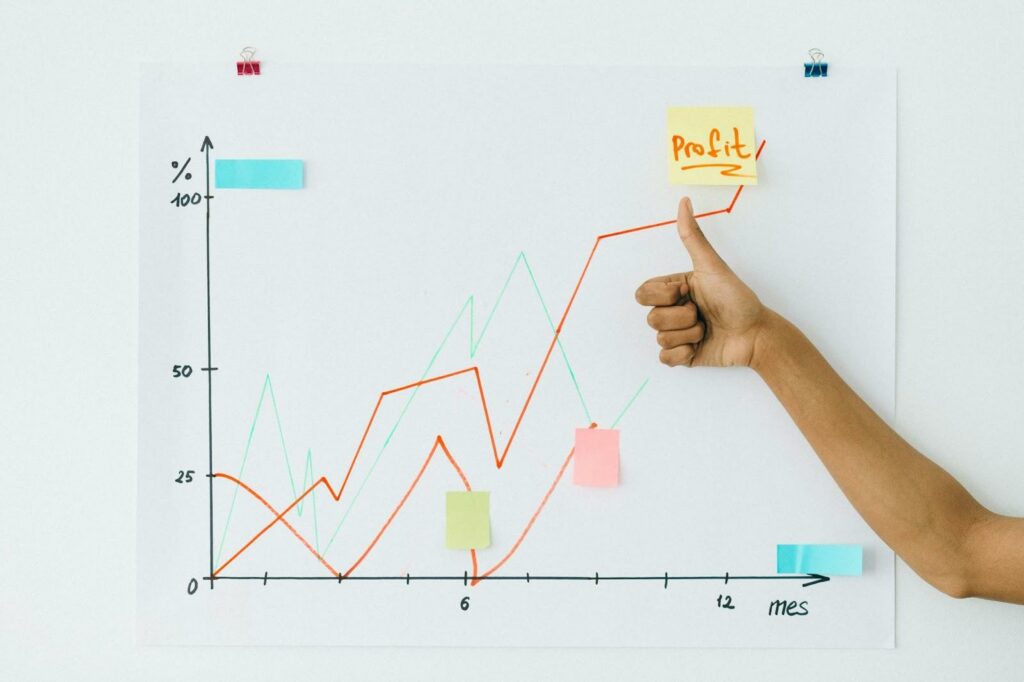
2. Industry Competitiveness
Some industries are inherently more competitive and regulated than others. Sectors such as legal, healthcare, finance, and insurance face elevated advertising costs, stricter compliance standards, and higher content expectations. This translates to increased spend for both paid acquisition and organic visibility. In contrast, niche markets or emerging verticals may find more affordable pathways to reach their audience—at least until the competitive landscape evolves.
3. Business Size and Maturity
The stage of your business influences your marketing infrastructure. Startups may begin with lean budgets and focus on foundational marketing such as SEO, basic paid campaigns, or email marketing. As a company grows and expands into multiple markets or product lines, the complexity of digital marketing increases—requiring broader strategies, dedicated teams, multiple tools, and omnichannel management, all of which impact total spend.
4. Geographic Scope
Your target market’s size and diversity directly influence your digital marketing budget. Local campaigns generally require smaller budgets and more targeted messaging, whereas national and international campaigns involve increased competition, higher platform costs, regional content strategies, and sometimes even multi-language localization efforts. Additionally, global campaigns may require separate landing pages, ad sets, and reporting for each region.
5. Internal Capabilities vs. Outsourcing
Whether marketing efforts are executed in-house or through external partners will determine cost structures. In-house teams may provide greater control and alignment but require salaries, benefits, tools, and training. Freelancers offer agility and task-specific expertise but can be inconsistent or limited in availability. Agencies provide end-to-end strategic and operational support, often at a higher cost, but with predictable delivery, scalable resources, and cross-channel knowledge.
6. Creative Production Needs
Creative content is the engine of modern digital marketing. The quality, format, and volume of assets required will significantly impact the budget. Static image ads and basic landing pages are cost-effective but often less engaging. In contrast, video production, interactive content, user-generated campaigns, influencer collaborations, and branded storytelling demand greater investment in scripting, design, editing, and testing. As attention spans shrink and platforms prioritize high-quality visuals, this aspect of marketing continues to grow in importance—and cost.

What’s Included in Digital Marketing in 2025?
A modern digital marketing strategy incorporates a blend of paid, organic, and automated initiatives. Each channel serves a specific role in the customer journey:
Organic Components
- SEO: Comprehensive strategies that combine technical site health, content strategy, backlink development, and local optimization.
- Content Marketing: High-quality blog posts, case studies, thought leadership articles, and gated lead magnets that attract and engage audiences.
- Social Media Management: Planning and posting on platforms like LinkedIn, Instagram, and TikTok to build community and brand affinity.

Paid Components
- Search Advertising: Google Ads and Microsoft Ads that target high-intent keyword queries.
- Paid Social: Campaigns on Meta, LinkedIn, TikTok, and other platforms that amplify reach and drive traffic.
- Programmatic Display: Data-driven retargeting and display campaigns for remarketing and brand visibility.
Infrastructure and Support
- Analytics & Attribution: Implementing GA4, Tag Manager, and CRM integrations to measure and refine performance.
- Email Marketing & Automation: Lifecycle-based communication flows that nurture leads and re-engage customers.
- Landing Page & CRO: Purpose-built landing pages and A/B testing to increase conversion rates and ROI.

Each component may involve a one-time setup fee and an ongoing management retainer, depending on scope and depth.
Breakdown of Digital Marketing Costs by Service
This section provides detailed cost expectations for individual digital marketing services. Pricing will vary based on location, agency reputation, deliverables, and campaign scale.
1. SEO (Search Engine Optimization)
- Monthly Retainers: $750 to $5,000+, depending on whether the service includes technical SEO, content creation, link building, and ongoing optimization.
- One-Time Audits: $500 to $3,000 for a comprehensive audit including technical health, on-page SEO, keyword strategy, and backlink analysis.
- Local SEO: Typically ranges from $500 to $1,500/month, focusing on local listings, reviews, map rankings, and geo-targeted content.
2. PPC (Pay-Per-Click Advertising)
- Management Fees: Usually 10% to 25% of ad spend, or fixed monthly retainers from $500 to $3,000+.
- Recommended Monthly Ad Spend:
- Small businesses: $500–$10,000
- Mid-sized businesses: $10,000–$100,000
- Enterprises: $100,000+
- Platform Costs:
- Google Ads: CPC varies from $0.30 to $7+
- YouTube Ads: Lower CPCs but higher funnel focus

3. Social Media Marketing
- Organic Posting & Management: $500–$2,500/month depending on frequency and number of platforms.
- Paid Social Campaigns: Media spend from $500 to $20,000/month, with management fees of $500–$3,000/month.
- Influencer or UGC Collaborations: Micro-influencers charge $100–$500/post, while macro-influencers may exceed $5,000/post.
4. Content Marketing
- Blog Posts: $150–$500 each depending on length and depth.
- Video Production: $500–$5,000+ depending on duration, scripting, animation, and editing.
- Whitepapers/eBooks: $1,000–$4,000 per asset.
- Comprehensive Content Strategy: $1,500–$5,000 as a one-time or quarterly planning project.
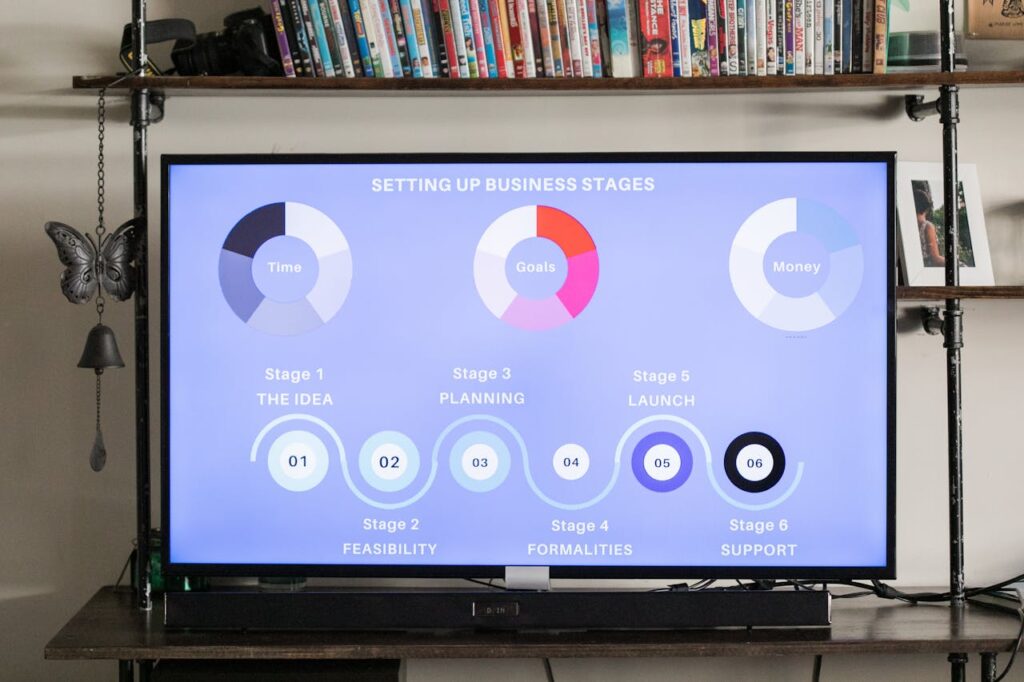
5. Email Marketing
- Platform Subscription: $50–$500+/month (based on subscriber count).
- Strategy + Setup: $500–$2,500 for segmentation, automation, and flows.
- Campaign Management: $100–$1,000 per campaign (copywriting, design, execution).
6. Web Design & Development
- Basic Websites: $1,000–$5,000
- eCommerce Websites: $3,000–$15,000+ depending on product volume and features
- Landing Pages: $300–$1,500 each
- Conversion Optimization: CRO services from $1,000/month and up
Platform & Tool Costs in 2025
Marketing platforms and tools are essential to execution and data-driven decision-making.
1. Google Ads & YouTube Ads
- CPC Range: $0.30 to $7+, varies by industry
- Monthly Spend Recommendations:
- Small businesses: $500–$2,000
- Mid-size: $3,000–$10,000
- Enterprise: $10,000–$50,000+
- Smart Bidding and Performance Max campaigns increase both automation and cost-efficiency, but require proper configuration and data input.
2. Facebook / Instagram Ads
- CPM: $8–$25 on average
- Monthly Spend Recommendations:
- Small businesses: $500–$1,500
- Mid-size: $2,000–$7,000
- Enterprise: $10,000+
- The Meta Ads ecosystem remains highly efficient for e-commerce and lead generation with proper audience segmentation.
3. LinkedIn Ads
- CPC: $4–$15
- Minimum Spend: $1,000–$5,000/month recommended
- High-value for B2B lead generation, particularly in tech, SaaS, and HR industries.
4. TikTok Ads & Emerging Channels
- CPM: $4–$12
- Minimum Recommended Spend: $500/month
- Creative-heavy platform—effective short-form video is essential to ROI.

5. Tools & Subscriptions
| Tool Type | Price Range | Examples |
| SEO Tools | $100–$500+/month | Ahrefs, SEMrush, SurferSEO |
| Email Marketing | $50–$500+/month | Mailchimp, Klaviyo, ActiveCampaign |
| Social Scheduling | $30–$300+/month | Buffer, Later, Hootsuite |
| CRM & Automations | $50–$800+/month | HubSpot, Zoho CRM, GoHighLevel |
Agency Pricing Models in 2025
Agencies structure their pricing based on services, complexity, and outcomes. The most common models include:
- Monthly Retainers: Fixed monthly pricing covering ongoing services (e.g., SEO + PPC + email), ranging from $1,000 to $15,000+.
- Hourly Rates: Used for consulting or technical tasks; range from $75 to $200+/hour.
- Project-Based: Fixed cost for website development, audits, or campaign builds; typically $1,000 to $25,000+ depending on scope.
- Performance-Based: Compensation tied to specific outcomes like ROAS, lead volume, or revenue share.
- Hybrid Models: A base retainer plus bonus based on performance—popular among e-commerce and SaaS clients seeking scalable impact.
In-House vs. Freelancer vs. Agency: Cost Comparison
| Execution Type | Monthly Cost Range | Pros | Cons |
| In-House Team | $5,000–$20,000+ | Brand alignment, availability, direct oversight | High overhead, hiring complexity, limited scope |
| Freelancers | $500–$5,000 | Cost-effective, flexible, niche expertise | Inconsistency, limited bandwidth |
| Marketing Agency | $1,000–$15,000+ | Full-service, strategic depth, scalable team | Higher cost, less day-to-day immersion |
The right choice depends on your budget, internal resources, and marketing maturity.

What ROI Can You Expect in 2025?
Digital marketing ROI is variable based on your channel mix, industry, and execution quality. Here are general benchmarks:
- Google Ads ROAS: 2x–4x depending on funnel structure
- Meta Ads ROAS: 3x–6x with optimized creative and targeting
- SEO ROI: Compounds over 6–12 months; excellent long-term CAC reduction
- Email Marketing ROI: Industry benchmark of 30x+ when segmented and automated properly
Key Metrics to Track
- ROAS (Return on Ad Spend)
- CPA (Cost per Acquisition)
- LTV (Customer Lifetime Value)
- CAC (Customer Acquisition Cost)
- CLV:CAC Ratio (Ideal is 3:1 or higher)
Frequently Asked Questions
Q1: Can I do digital marketing myself to save money?
Yes, especially if you’re just starting out. However, DIY marketing often lacks consistency, strategy, and optimization, resulting in higher long-term CAC. Starting with foundational knowledge and outsourcing complex tasks is often a better hybrid approach.
Q2: Is it better to hire an agency or multiple freelancers?
Agencies provide cohesion, scalability, and strategic oversight. Freelancers are better suited for one-off tasks. If you have internal project management capacity, a mixed team might offer the best ROI.
Q3: What’s the minimum I should spend on digital marketing in 2025?
For early traction: $500–$1,000/month on a single core channel. For growth: $2,000–$5,000/month across 2–3 channels. For scaling: $10,000+/month with full-funnel tracking.
Q4: How often should I revise my marketing budget?
Quarterly is ideal. Adjust based on performance data, seasonal shifts, and new business objectives. High-growth companies may need monthly recalibration.




